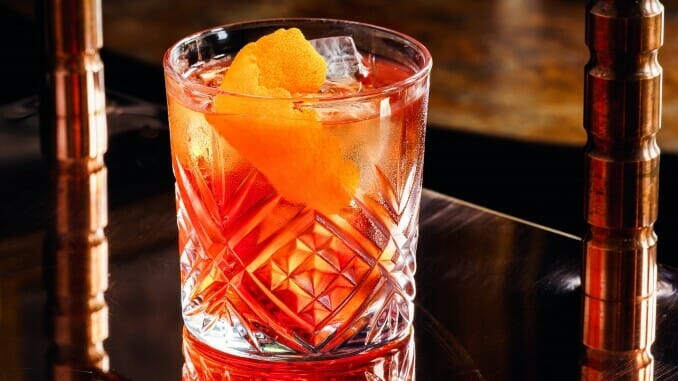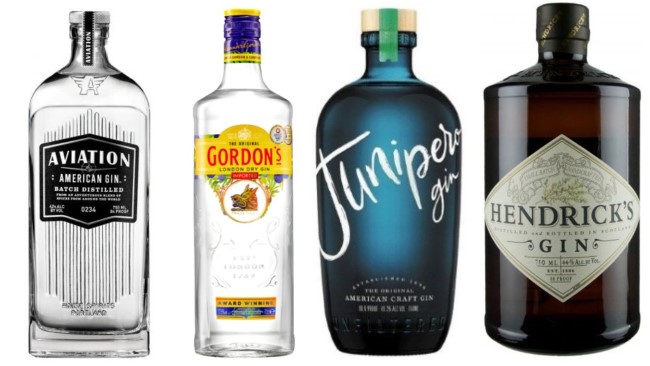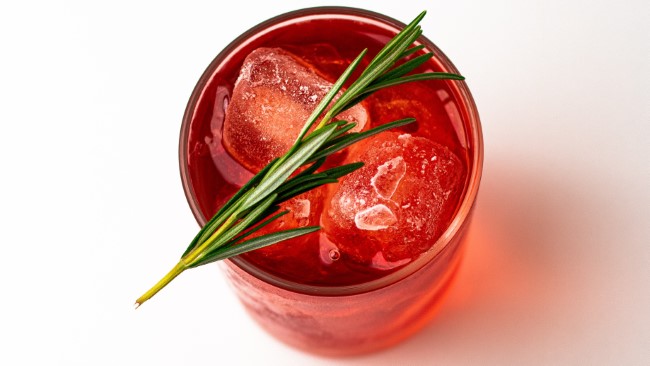Cocktail Queries: What Makes for the Perfect Negroni?
Photos via Unsplash, Sebastian Coman, Sophia Sideri, Edward Howell
Cocktail Queries is a Paste series that examines and answers basic, common questions that drinkers may have about mixed drinks, cocktails and spirits. Check out every entry in the series to date.
We’ve covered a lot of ground in our Cocktail Queries series in the last few years at Paste, answering commonly asked questions about making home cocktails, as well as diving deep into individual spirits to explore topics like the best bourbon under $30, or defining the house styles of iconic Kentucky whiskey distilleries. Now, we’re drilling down on the “cocktail” in the title with this subseries on individual, classic cocktails, in order to answer the question of what makes for a great example of one of these drinks. What’s the key to a great old fashioned, for instance? A great Manhattan? A great daiquiri? A great negroni? We’ll explore them all, and then some.
The Negroni is a cocktail with an incredibly simple recipe, but endless variation based on that simple origin. It’s remarkably adaptable, to the point that you can sub in practically any base spirit and the cocktail still makes some kind of sense. It may have been created with gin in mind, and a “classic Negroni” will always be a gin drink, but you can easily bring whiskey, rum or tequila to play as well. It’s an interesting case study of a cocktail with one “official” version but too many personal versions to count.
At its heart, though, the Negroni is a strong, bitter, bracing drink that primarily appeals to those who enjoy aperitivo-type, pre-dinner appetite stimulators, and those whose palates have been trained to appreciate the bitter complexities of Campari in particular. To which I must confess: I am personally not a huge fan of the classic Negroni recipe. It is a timeless classic, and beloved by millions the world over, but to my taste I typically find it substantially too bitter, and often too dry as well. My preferred Negroni is an approachable drink with more balanced flavors, but if you prefer your Negroni bracingly bitter that’s perfectly valid as well.
To this end, I’ll discuss the classic negroni first, before offering some kinder and gentler versions below.
-

-

-

-

-

-

-

-

-

-

-

-

-

-

-

-

-

-

-

-

-

-

-

-

-

-

-

-

-

-

-

-

-

-

-

-

-

-

-

-


 Campari has a powerful flavor, but it’s sometimes used a little carelessly.
Campari has a powerful flavor, but it’s sometimes used a little carelessly. Truly, the Negroni is a beautiful drink in the glass.
Truly, the Negroni is a beautiful drink in the glass.






































